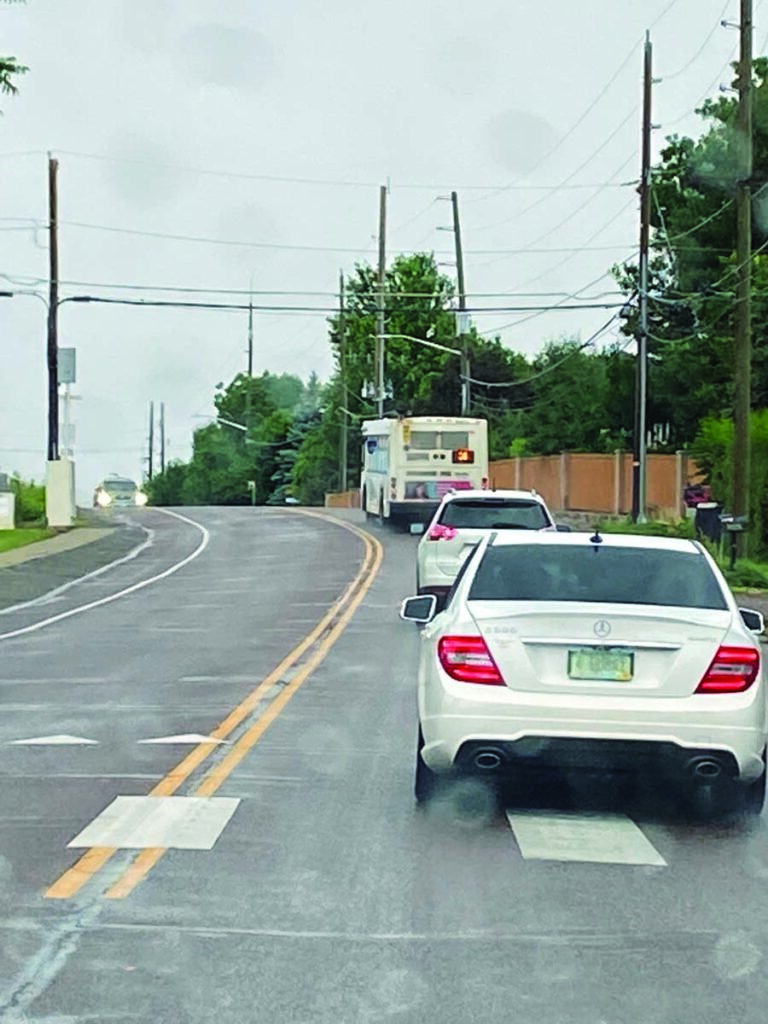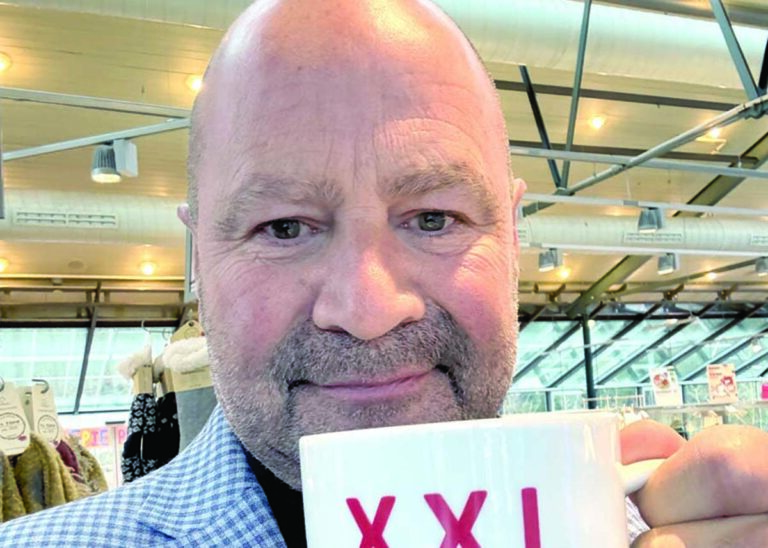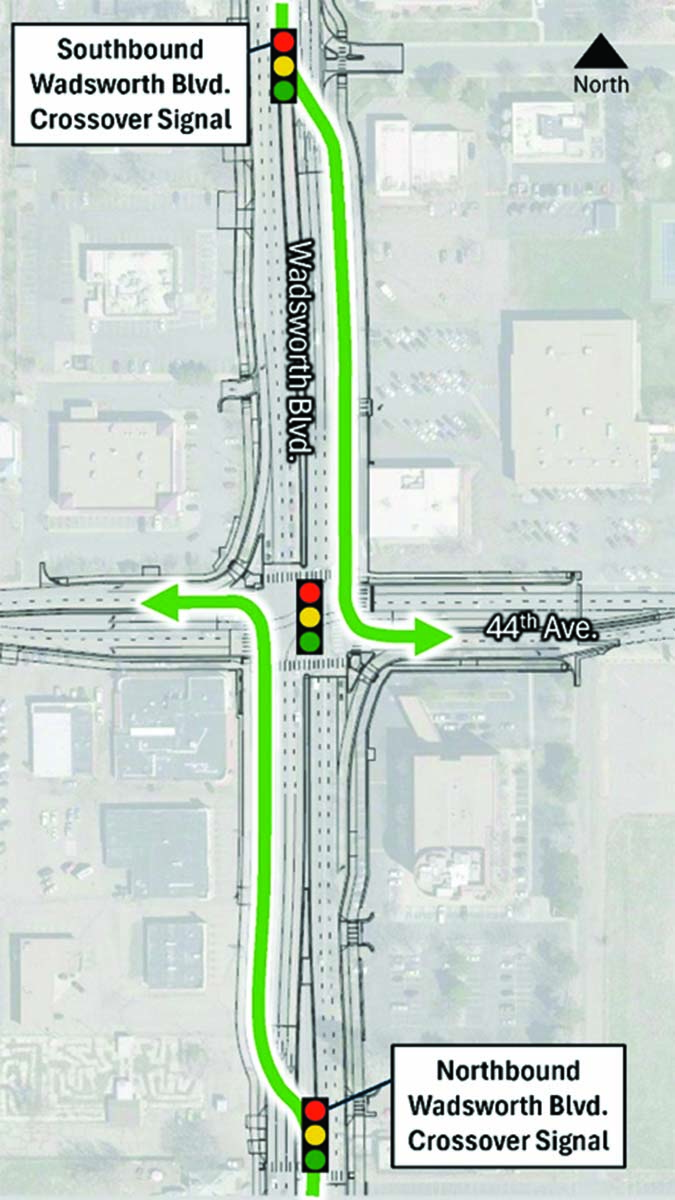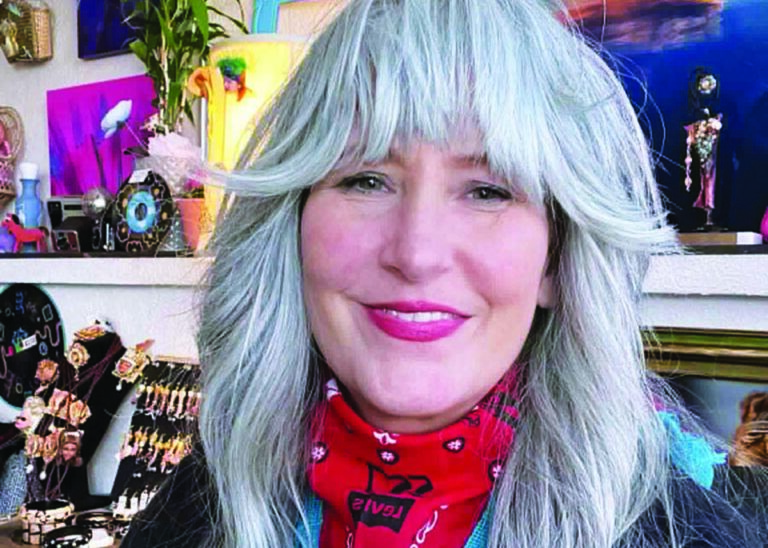Public transit use across the RTD system remains nearly 40% lower than pre-COVID levels. With so many residents choosing their cars over buses and trains, the question remains: why isn’t public transportation regaining traction?
RTD’s average rating—2.9 out of 5 stars across 720 reviews—suggests widespread dissatisfaction among riders. At the same time, it’s worth noting that over 65 million boardings still occurred last year. Clearly, some demand exists, but not enough to persuade the broader public to make the shift from their personal vehicles.
For many, the reluctance comes down to convenience and comfort. Cars provide privacy, flexibility, and direct routes—benefits public transit struggles to match. Asking people to share a crowded vehicle that stops frequently for other passengers requires a compelling trade-off, and for most, that trade-off isn’t there.
Proposed solutions often reflect competing philosophies. Some advocate expanding roadways, such as the current widening of Wadsworth Boulevard. Yet studies show that adding lanes often leads to “induced demand”—more lanes simply attract more cars, creating congestion all over again. Others push for zoning reforms, like reducing or eliminating parking requirements for new developments, thereby nudging residents and businesses toward transit alternatives.
But if RTD is to win back riders, the focus must be on service itself. Rider concerns about safety, reliability, and staffing are real. Driver shortages, high turnover, and wage issues have made bus routes unpredictable. To its credit, RTD has responded by raising wages, offering hiring bonuses, and increasing security presence on light rail. Still, reliability remains a central concern.
Riders want transit that is clean, safe, affordable, air-conditioned, and—above all—timely. Take, for example, the experience along 38th Avenue, where buses move at a sluggish 17 to 20 mph. For car drivers stuck behind them, the delay is frustrating; for passengers onboard, it’s even worse. When asked about these delays, RTD explained that slower speeds help maintain schedules—a response that feels more like a compromise than a solution.
During community meetings, I raised the idea of bus pull-outs along 38th to reduce congestion. City planners told me RTD opposes them. The result is a system that residents fund through taxes and ballot measures but often feel excluded from shaping.
The gap between what commuters need and what RTD delivers seems tied directly to this sense of being unheard. Until transit becomes a dependable, responsive, and attractive alternative, many Coloradans will continue reaching for their car keys instead of their bus passes.






